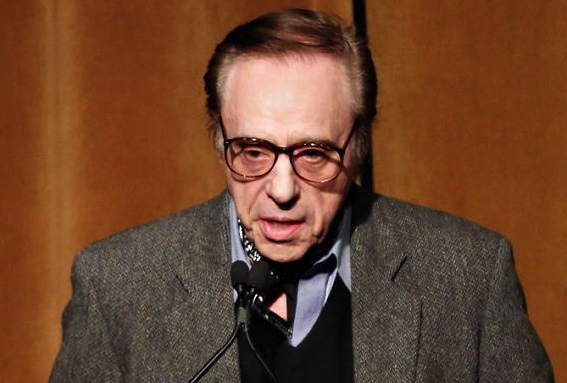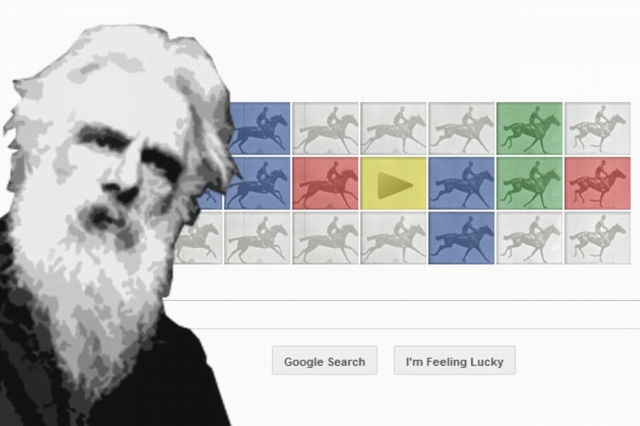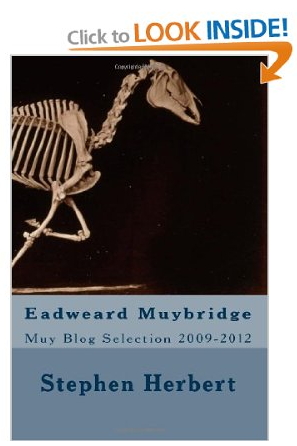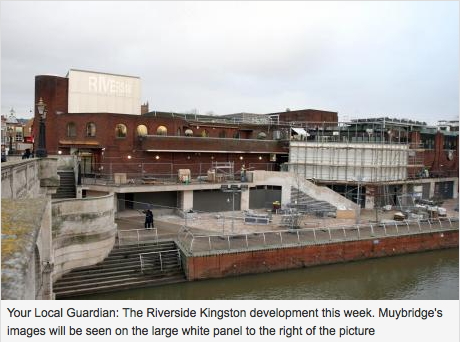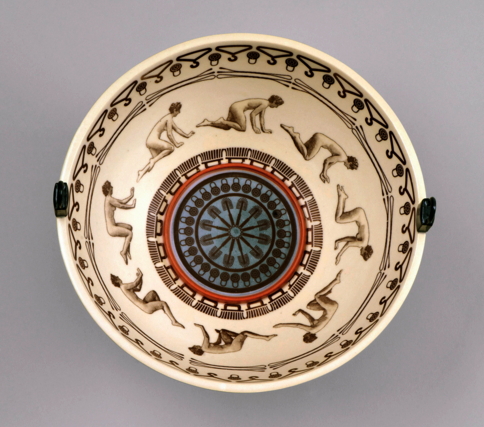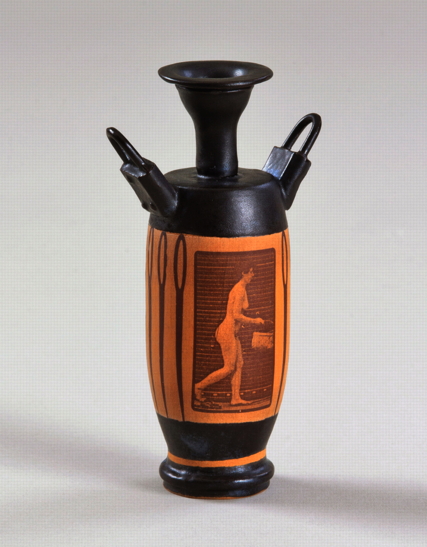A young girl, a white horse
I’m back, after three years or so! Not Muybridge this time – but an intriguing possibility that ties in with the iconic images of galloping and trotting horses that mark the start of motion pictures – so I think it belongs here.
While working on David Wilkinson’s feature documentary The First Film (2015), researcher Irfan Shah became fascinated by its subject – the tragic film pioneer Louis Aimé Augustin Le Prince. Irfan has continued digging through archives in search of those fragments of forgotten paperwork that when found, make all the hours of searching worthwhile.
Irfan has recently sent me material that reveals the possibility that Le Prince made a test film of a young girl leading a white horse around the garden of Oakwood Grange, Roundhay, Leeds – in 1887. So here’s the story, by the grandson of that young girl.
“24 November 2016
Hello Irfan,
My grandmother, Emmeline Calvert was born in Brazil on the 8th October 1876. Her father died there on the 10th June 1883 and the family herself, her elder brother Alfred and her mother Sarah Ann Whitley returned to England, arriving in Liverpool on the 31st Oct 1885. Sarah Ann Whitley had been estranged from the family because her father disapproved of her marriage but when she returned the family was reconciled and they often visited her brother Joseph and his wife Sarah at his house at Oakwood Grange. My grandmother told me the story, and it was reiterated to me later by my mother when I was older (my grandmother died when I was about 12) that on one occasion when she was there Augustin Louis le Prince asked her to walk a white horse around the drive on the front garden whilst he attempted to film it. I believe the area where it was filmed was the same as the section of film that survives showing the Whitley Family in their front garden and his son Adolph dancing with the accordion. Le Prince probably found this location ideal for filming because it was secure from any prying eyes trying to steal his invention and he therefore used it on probably many occasions. Also the filming of a horse moving was one of the fascinations of early moving pictures. The film has probably been lost no doubt with a large majority of his experimental films. Attached is a photo of my grandmother at about the age of 12/13 when the filming would have been undertaken . The question of security may have been a factor in his filming of the traffic over Leeds Bridge as he took those pictures from the window of an upstairs room rather than outside in the open air where his invention was more open to any prying eyes.
I hope this helps
Kind Regards
Geoff [Geoffrey North].”
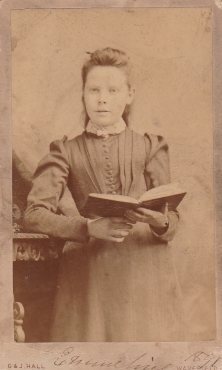
Emmeline Calvert (Photo courtesy Geoffrey North and Irfan Shah)
OK so not a galloping horse – that comes next!
If my memory holds good…..
This might tie in with a letter written in 1930, following newspaper publicity concerning the Le Prince-related activity in Leeds. Arthur Wood – an engineer of retirement age living in South Africa – wrote to the Mayor of Leeds concerning his involvement in 1888 with a projector being made for Le Prince by the firm of Whitley Partners, for whom Wood (then a 25-year-old) was working. Wood states: “I personally made the mechanical parts of the projector such as the pedestal, gears chains etc and was shown the film for which it was for. If my memory holds good this film was of a horse galloping although I did not see it actually projected…” [from: Career of L.A.A. Le Prince, by E. Kilburn Scott, SMPTE Journal July 1931.]
Irfan will be presenting the Emmeline Calvert material, and his conclusions concerning these two pieces and other aspects of Le Prince’s life and work, at a talk in Leeds to coincide with the Leeds Film Festival in November. There will also be a small exhibition.
